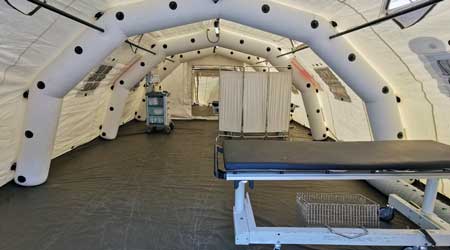
K-12 Schools Facing Water Quality Concerns
August 25, 2020
The COVID-19 lockdown prompted an upsurge of uncertainty about the health of workspaces in idled institutional and commercial facilities. Questions arose about the state of water supplies in general, as well as specific concerns related to the potential of Legionnaire’s disease. Perhaps no market segment faces more questions about water quality than K-12 schools.
The Environmental Watch Blog recently addressed issues that parents should be aware of related to potential problems with school water supplies:
“Facilities typically close for a few months over the summer, but this year, most shut sometime in the spring. By the time they reopen, they’ll have been shuttered – and their water sitting stagnant – for four or five months. The longer the water sits in pipes, the more its quality deteriorates, and the greater the health consequences for those who use it.
“Solving the problem of drinking water quality isn’t as simple as running water from all the taps and flushing the toilets a few times. Water quality cannot be restored overnight. It takes time and planning. It’s likely your school will need to organize a flushing event, during which aged water and particulates are flushed from the system in a particular, coordinated fashion, with a specific velocity in the building’s service line.”
For maintenance and engineering managers preparing to welcome students back and to field questions from parents, the blog outlines issues parents might raise:
“If the building will reopen later in the year:
• Start the process now to restore and maintain the school building’s water quality.
• Seek information about water management protocols that your kids’ school might use.
• Develop a communications plan to inform families about all water test results for the school building.”
Dan Hounsell is editor of Facility Maintenance Decisions.
Next
Read next on FacilitiesNet












